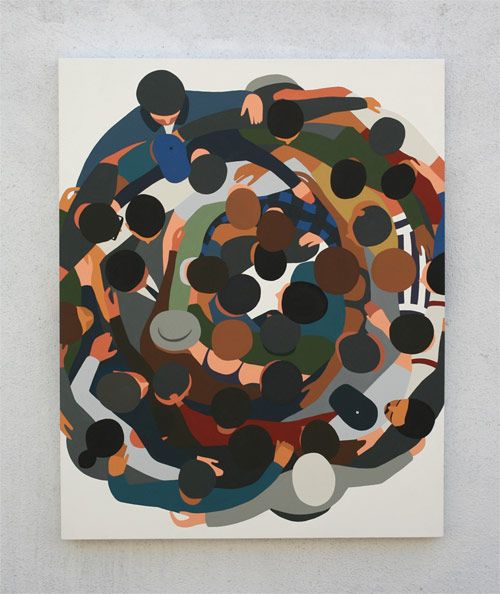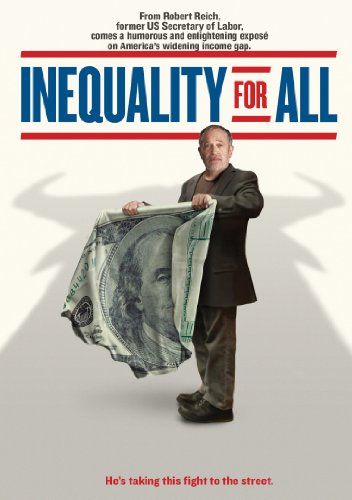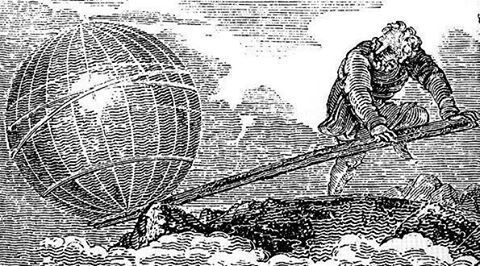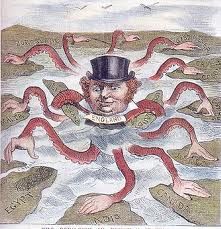A call to action: calling all experts.
Posted on December 6, 2016
This presidential election confused, infuriated, saddened and disheartened me. It made me reflect and question everything. Nothing seemed certain, but, I knew one thing: I was in the right academic space to learn, and, create a community working to make an impact.
I was driven to take action, inspired by the discussions within our graduate program. I began methodically researching ways to make an impact and educating myself on the dynamics of the US political system. It took the election of someone who so strongly represents all the things that I have spent most of my life fighting against, to make me want to become an ‘activist’.
Where could I go and help? What kind of work did I want to engage in?
That’s where I started to see the problem. My idea of ‘helping’ revolved around the notion that I was ‘right’- my political affiliation was the morally right one. This was not a matter of party bias, I felt it was a crime against humanity to vote for Trump. I asked myself: how could ‘they’ vote for him? That’s when I realized the true extent of a term I had been seeing and hearing frequently: ‘othering’; and, I saw my role in contributing to this notion of othering.
I am part of a community, one that cares deeply about doing good, yet, we were still so far removed from doing good that needed to be done, removed from the unheard voices of rural America who felt that their vote for someone representing ‘anti-system’ notions, was the only way to be heard. Had we all not heard the noise or have we just become so accustomed to finding ways to mute the things we do not want to hear? Or, are we even in control of what we ‘hear’?
We have been so caught up in fighting for causes we could see, fighting for the injustices we are confronted with. This hit me three days after the election, whilst sitting at an environmental justice conference and hearing a highly influential African-American female politician speak – her words echoed in the minds of all attendees, she eloquently called out the grievances that both, white, middle America and the African-American population share, urging us all to not further the notion of othering and instead use this common ground to establish a foundation to relate to one another, to validate the ‘other side’, to establish vulnerability. Shared vulnerability creates intimacy, and, intimacy in turn allows us to connect through our shared experience of humanity.
Being connected and a part of a like-minded community is crucial to promote a sense of belonging and create a collective identity we all crave. What happens however, when, deeply entrenched within society, injustice and inequality become barriers to entry into traditionally respected, prosperous and desired communities for most?
This question is not new, it sets the context for most political movements in the 1960’s: anticolonialist movements, civil rights movements, women’s and disability rights movements. The result, however, is drastically different from those examples.
It is one of the reasons the majority of the population did not foresee the election results. Technological advancements have allowed for us to blur the lines between truth and fiction. Facebook and sites like these have resulted in an environment where, to quote our current President, Barack Obama, “everything is true and nothing is true”. Some argue, that abuse of technology and social media are to blame for the success of Trump’s campaign, based largely on false news and propaganda. We have been living in the bubbles of our echochambers, on social media and in densely populated urban settings. At a time, were distrust of authority, political figures and institutions is increasing, the ability to engage in such exploitation is undeniably dangerous when manipulated by those seeking to take advantage of a vulnerable population that feels ‘wronged’ by traditional institutions and its experts.

With education becoming less accessible to lower-income individuals, the rise in income inequality, and, a shrinking middle class, this division has caused a rift between what the so-called liberal institutionalist believes to be true – science, traditional and unbiased news- and what a large population of Americans believe to be true. The scientific method is being questioned. The lack of transparency around news, social media and fraud schemes have made it difficult to discern authenticity, in turn, conspiracy theories can seem like ‘truths’ and the truth can seem like fiction.
The lack of education for a majority of the population makes it harder to establish the principles guiding true news or facts. In fact, the lack of transparency around the methods of institutions, promotes the furthering of conspiracy theories. Humans seek to explain things they cannot understand. How do we establish truth and fact in a society characterized by such divisiveness, one where there is a lack of shared values and widening gap in education?
Who decides what is ‘right’? Why is the traditional news considered real news? Why is traditional science considered ‘right’? Academics, scientists and experts can explain this using academic language – they will begin with terms such as: the scientific method, eliminating bias, internal review boards, the Archimedean search etc.
How do you explain this, though, to those who have likely never heard such terms?

This begs the question (that has been asked in many development projects around the world) is the expert-driven world of truth and fact a form of imperialism? It may be just a perception of imperialism, but even then, isn’t this perception sufficient to warrant a call to action on behalf of all experts? After all, even experts are only experts within their fields. Working to improve systems, requires people across disciplines to come together, and, ‘to be more committed to solving the problem than to being academically correct..(experts) will have to go into learning mode. They will have to admit ignorance and be willing to be taught by each other and by the system.’ (Thinking in Systems. Donella Meadows.)

On a personal level, this means breaking out of your usual circles, avoid judging and thereby perpetuating ‘othering’, and, taking the time to listen deeply to others’ stories to work towards bridging the disparities within this binary system.
On a wider scale, this means expanding on industry, governmental and non-governmental initiatives to include community stakeholders, beneficiaries or users of goods, services, and, medical treatments in the planning and conducting phases, following the model of initiatives such as the Patient-Centered Outcome Research Institute. How might we even involve the community in the hypothesis development phase? How might we transform scientific language to be clear to all? Hereby, breaking down the walls, imperialist notions and hierarchical structures between communities and experts and creating transparency around methods and traditional research. This allows for proper identification of a community’s need and the ability to frame and conceptualize a truly empathetic and human-centered research question or intervention.
Public health interventions, like the WHO’s Ebola health messages, would benefit greatly from increased and earlier involvement of the affected community. Potentially avoiding the thoughtless campaign messages which fueled hopelessness and despair amongst victims and their family members, causing a rise in home-care practices that contributed to the spread of the disease. How might we avoid the social research paradox of ‘doing harm while doing good’? Ultimately, it becomes a question brought up frequently in design thinking: how might we begin to design WITH instead of designing FOR? This can apply to the design of research, facts, and, even true, fact-based news.
By making our thoughts and intentions more human-centered could this help to remove our own beliefs and truly see what a community needs?
Would this exposure to ‘scientific’ processes assist marginalized communities with limited access to education in establishing what constitutes truth, whilst feeling a sense of agency in traditionally expert-driven interventions and institutions? How might this allow for these communities to feel empowered to take action to address their needs in a way that I felt by being a part of a supportive community? How might this assist in reinforcing things like the rule of law and establishing ethics and values within a community to guide their beliefs, and, future decision-making?
Would these inclusive guiding principles also assist liberal, urban communities to break free from self-constructed echo chambers and bridge the gap between ‘us’ and ‘them’?
For me, one thing has been made clear: I have stopped asking myself why people voted the way they did. Instead, I have begun asking myself: what needs were not being addressed and how might we design WITH to address these needs to make a social impact?
As a final call to action: let empathy guide our interventions.
Lauren Atkins // December 6, 2016